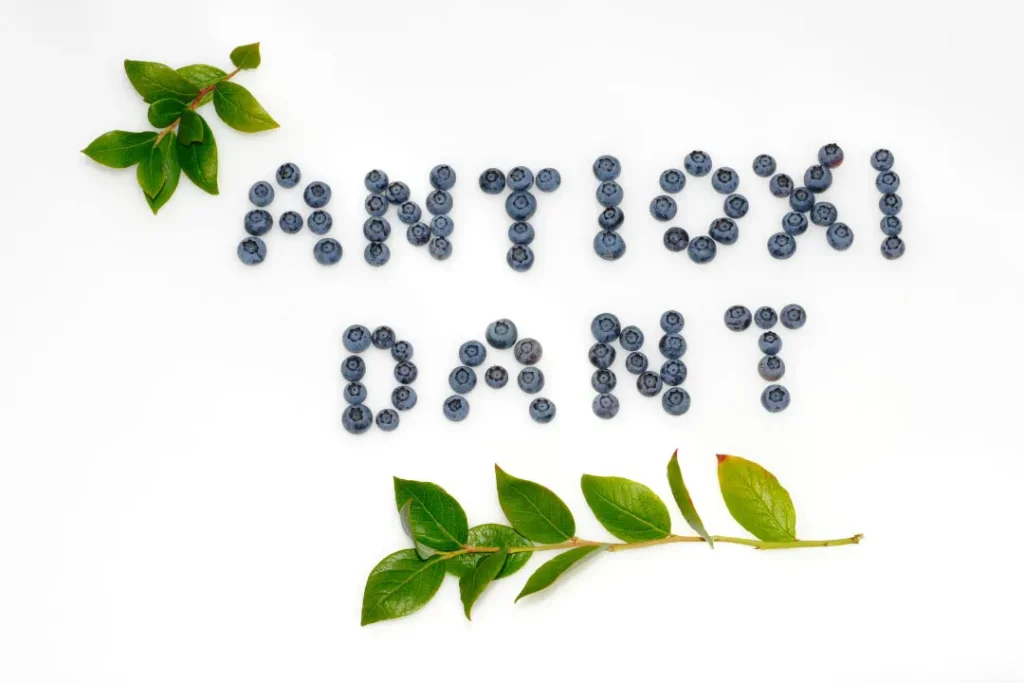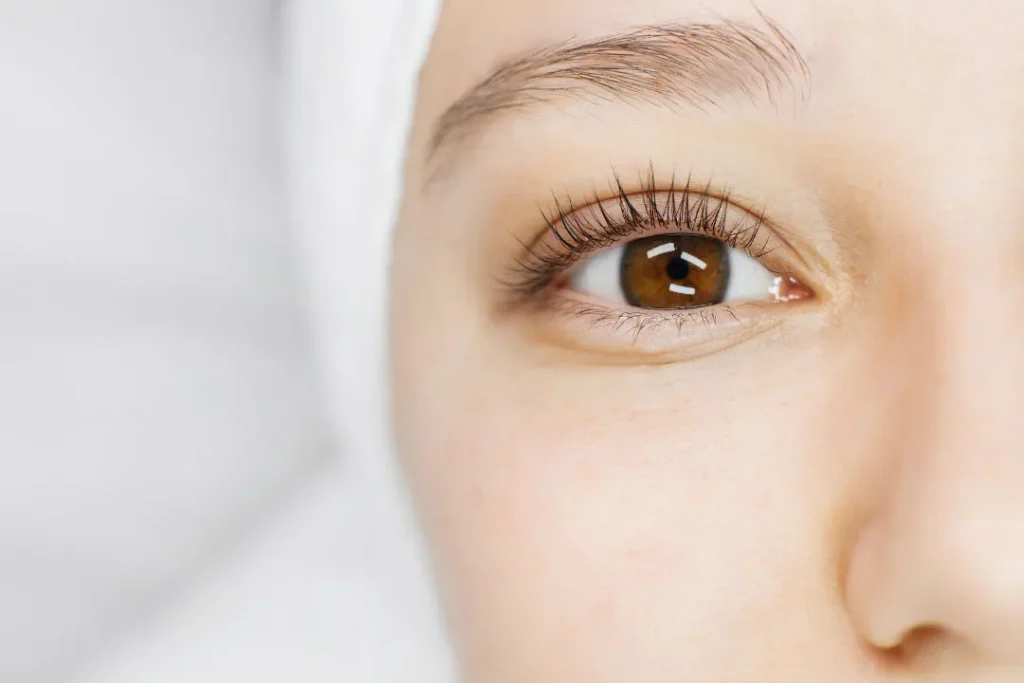The small blooming plant, Euphrasia officinalis, sometimes known as Eyebright, is a native of Europe. This plant has been used in traditional medicine for many years, especially to heal ailments of the eyes. Despite its historical use, many of Eyebright’s alleged health advantages are still being researched. This article endeavors to illuminate relevant aspects of the plant that may be relevant to your decision to ingest Eyebright as a supplement in your diet.
You May Also Like:
Should You Try Supplements to Improve Gut Health? Here Are the Facts.
Why You Should Incorporate Liquid Protein Supplements into Your Fitness Plan
Eyebright: Benefits, Dosage, Side Effects, Drug Interactions, and Other Important Information is an original (HealthXWire) article.
Nature of Eyebright
A perennial plant belonging to the Orobanchaceae family, Eyebright is frequently located in European meadows and pastures. The plant normally reaches a height of two to eight inches and blooms during the months of July to September. Its blooms are white with a yellow center and purple streaks and are sometimes compared to a bloodshot eye because of how they resemble that. This plant’s entire body, including the stem, leaves, and flowers, have been used in a variety of therapeutic procedures.
Eyebright has a wide variety of bioactive phytochemicals, including tannins, volatile oils, iridoid glycosides (such aucubin and catalpol), phenolic acids, flavonoids (including quercetin, apigenin, and luteolin), and phenolic acids. These substances contribute to the plant’s full spectrum of biological activity, giving it its purported anti-inflammatory, antioxidant, and antimicrobial properties.
Health Benefits of Eyebright
Due to its reputed astringent and anti-inflammatory characteristics, Eyebright has traditionally been used mostly for ocular disorders, such as conjunctivitis, blepharitis, and eye tiredness. Traditional preparations of topical formulations frequently take the forms of an eye wash or compress.
While still in its infancy, recent scientific study does provide some evidence for safe, conventional usage. Eyebright contains flavonoids, especially quercetin, which have antioxidant characteristics that might lessen oxidative stress, a role in many eye conditions including cataracts and macular degeneration. Also, Eyebright’s anti-inflammatory properties may help to soothe sore eyes.
Studies imply that Eyebright may offer other health advantages beyond eye health. For instance, the plant’s iridoid glycosides, such as aucubin, may have hepatoprotective actions that might help people living with liver disease.

Chemistry of Eyebright
Numerous bioactive substances found in Eyebright jointly contribute to its medicinal benefits. Flavonoids, phenolic acids, tannins, iridoid glycosides, and volatile oils are some of these substances.
Eyebright contains powerful antioxidant flavonoids such luteolin, apigenin, and quercetin that are well known for their healing abilities. Because they combat the damaging free radicals in the body that result in cell and tissue damage, antioxidants are essential for good health.
Another family of antioxidants found in Eyebright are phenolic acids, which include caffeic and ferulic acids. It is well known that these substances have anti-inflammatory, antibacterial, and anticancer properties.
Tannins, another bioactive substance present in Eyebright, contribute to the plant’s astringent qualities by tightening and reducing tissue inflammation.
Iridoid glycosides like aucubin and catalpol have hepatoprotective, anti-inflammatory, and analgesic properties, among other health advantages.
Eyebright’s scent comes from volatile oils, which also have antibacterial and anti-inflammatory qualities.
Physiological Mechanisms of Action
The synergistic impact of Eyebright’s many bioactive components is responsible for the herb’s positive effects on health. The particular physiological processes by which these substances operate, however, are still being studied.
By preventing the activity of certain enzymes involved in the generation of inflammatory mediators, flavonoids, including quercetin, have demonstrated the ability to reduce inflammatory processes in the body. Moreover, they can neutralize free radicals due to their antioxidant activity, which prevents oxidative stress, a condition associated to a variety of illnesses, including eye ailments like cataracts and macular degeneration.
Similar processes underlie how phenolic acids promote health, primarily through their anti-inflammatory and antioxidant effects. Caffeic acid, for instance, has a history of lessening inflammation by preventing the generation of nitric oxide—a compound involved in inflammatory responses.
Tannins can tighten and dry up the skin and mucous membranes due to their astringent characteristics, which can help to soothe inflamed or irritated eyes.
Aucubin and catalpol, two iridoid glycosides, have shown hepatoprotective benefits, perhaps via lowering liver inflammation and preventing oxidative stress.
Despite these perceptions into the probable modes of action of Eyebright’s bioactive substances, more investigation is required to completely comprehend how these elements interact with the many physiological systems of the human body. It is also important for you to keep in mind that individual reactions may differ, as with any medical plants and supplements, which emphasizes the necessity for expert supervision while using Eyebright therapeutically.


Optimal Dosage and Application of Eyebright
The best Eyebright dose is heavily influenced by the method of administration. A typical preparation for an eye wash entails steeping 5 to 10 grams of the herb in 200 ml of boiling water, letting it cool, and then using. The correct dose for an oral supplement is still unknown because there have been few clinical trials as of the publication of this article. However, several producers advise taking 800 mg of the drug three times daily.
Please be aware that Eyebright should only ever be taken under the supervision of your healthcare provider owing to the possibility of negative side effects or drug interactions, regardless of the manner of administration.
Side Effects and Safety Profile
Eyebright is usually perceived as safe when used properly, although some people may experience adverse responses to it. Eyes that are itchy or runny, redness, or discomfort may be uncomfortable symptoms. Rarely, severe allergic responses might happen and need rapid medical care. Oral consumption might occasionally result in adverse effects include nausea, sweating, disorientation, or respiratory difficulty.
Furthermore, continuous usage of Eyebright may cause eye dryness and irritation owing to its astringent qualities. Therefore, you are advised to only take Eyebright briefly and under a doctor’s supervision.


Potential Substance Interactions
There isn’t much information available yet on how Eyebright could interact with other drugs. However, because it contains tannins, Eyebright may interact with minerals like iron and others, preventing their absorption. People who use mineral supplements should thus use Eyebright with caution.
Continuing further, due to Eyebright’s high phenolic content and potential interactions with drugs that alter blood coagulation. Therefore, before using Eyebright, those using anticoagulant or antiplatelet drugs should talk to their doctors.
Best Responsible Use
With its diverse phytochemical profile, Euphrasia officinalis, often known as Eyebright, continues to be a topic of interest. Traditional medicine extols its virtues, particularly for eye health, but thorough scientific research is needed to substantiate these claims. Eyebright should be taken cautiously and under medical supervision as with other supplements to prevent any undesired interactions or negative effects.


Eyebright:
Conclusion
There are numerous herbs and plants from around the world that have been used for long periods of time in various cultures and folk medicines. Eyebright is one such plant from this tradition and practice. In modern times, while there is some excitement and early evidence that Eyebright has utility in treating health issues, generalizations about its efficacy and uses is limited.
Historically, Eyebright is used for eye ailments, skin issues, and liver disease, but it has potential to be helpful for more than those. Native to Europe, this plant is gaining interest in scientific communities regarding the range of benefits it can offer when administered with caution and medical advice.
References:
- “Assessment of Eyebright (Eurphrasia Officinalis L.) Extract Activity in Relation to Human Corneal Cells Using In Vitro Tests.” Retrieved from: https://www.ncbi.nlm.nih.gov/pmc/articles/PMC4115993/
- “Concept, mechanism, and applications of phenolic antioxidants in foods.” Retrieved from: https://pubmed.ncbi.nlm.nih.gov/32691460/
- “Quercetin: A Versatile Flavonoid.” Retrieved from: https://www.researchgate.net/publication/26502595_Quercetin_A_Versatile_Flavonoid
Important Note: The information contained in this article is for general informational purposes only, and should not be construed as health or medical advice, nor is it intended to diagnose, prevent, treat, or cure any disease or health condition. Before embarking on any diet, fitness regimen, or program of nutritional supplementation, it is advisable to consult your healthcare professional in order to determine its safety and probable efficacy in terms of your individual state of health.
Regarding Nutritional Supplements Or Other Non-Prescription Health Products: If any nutritional supplements or other non-prescription health products are mentioned in the foregoing article, any claims or statements made about them have not been evaluated by the U.S. Food and Drug Administration, and such nutritional supplements or other health products are not intended to diagnose, treat, cure, or prevent any disease.
Table of Contents


